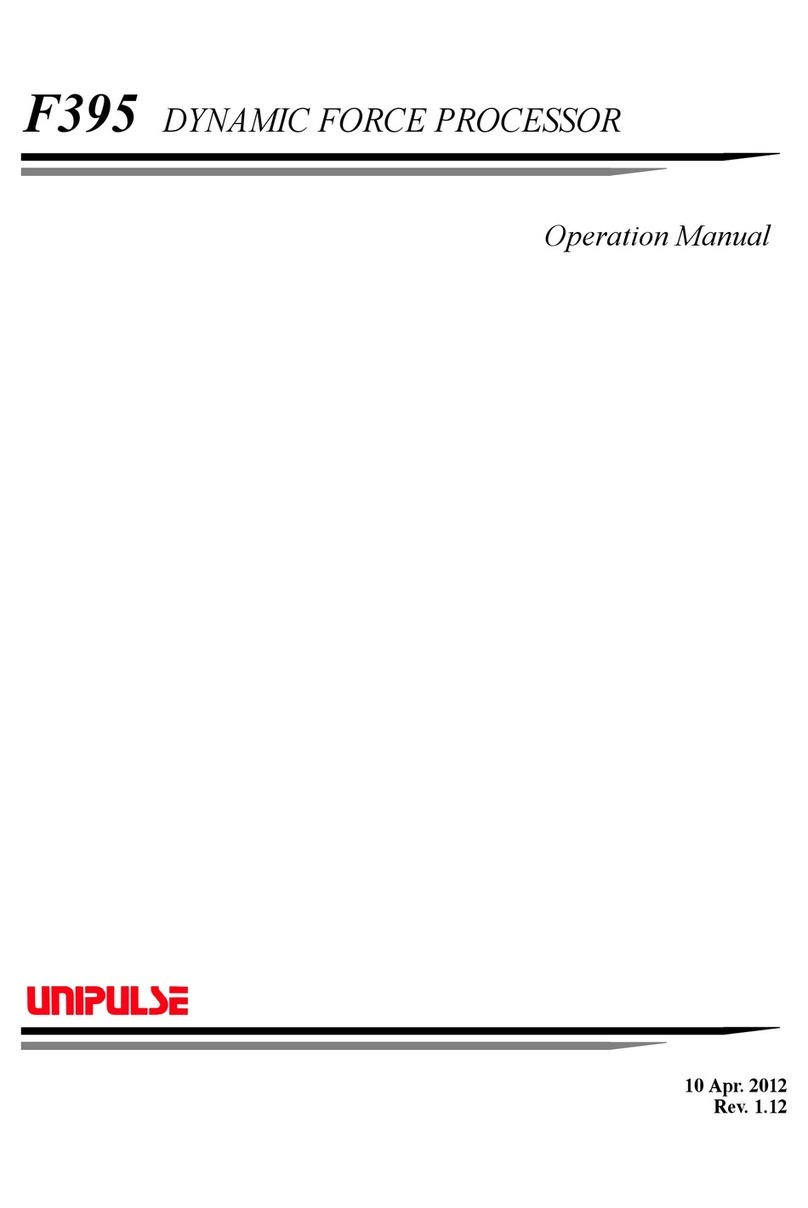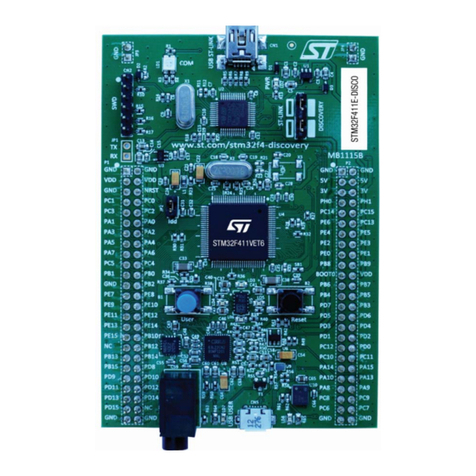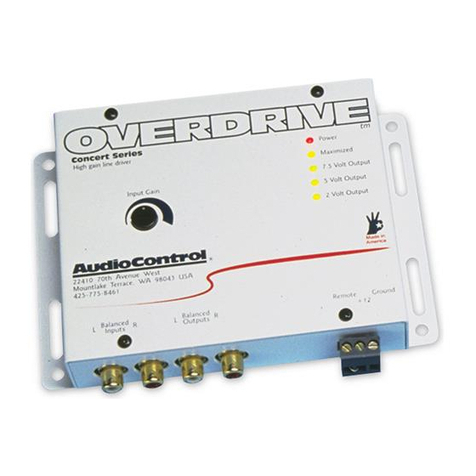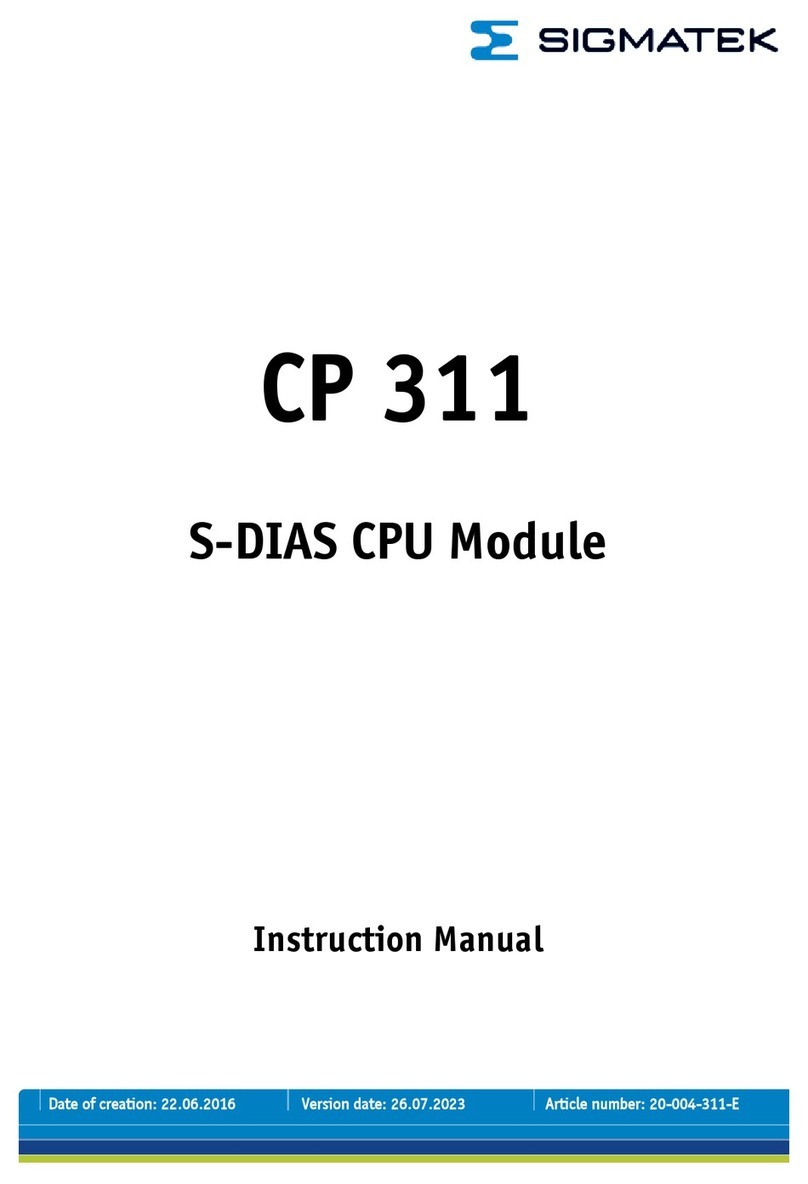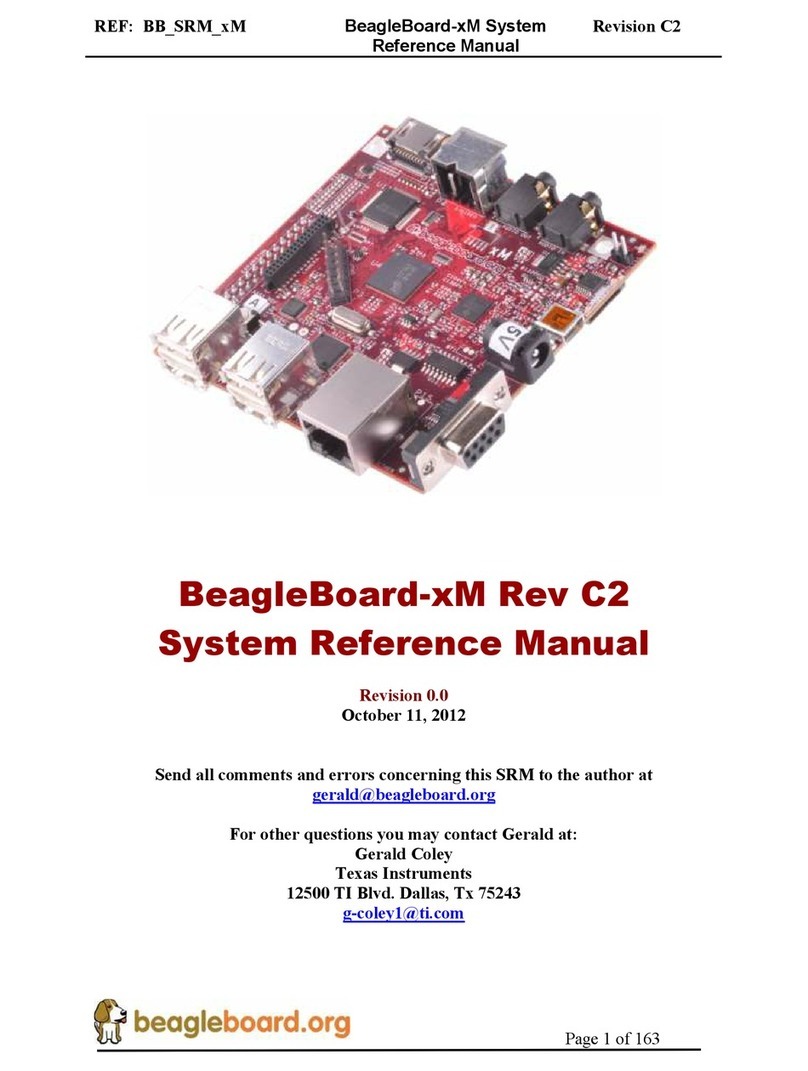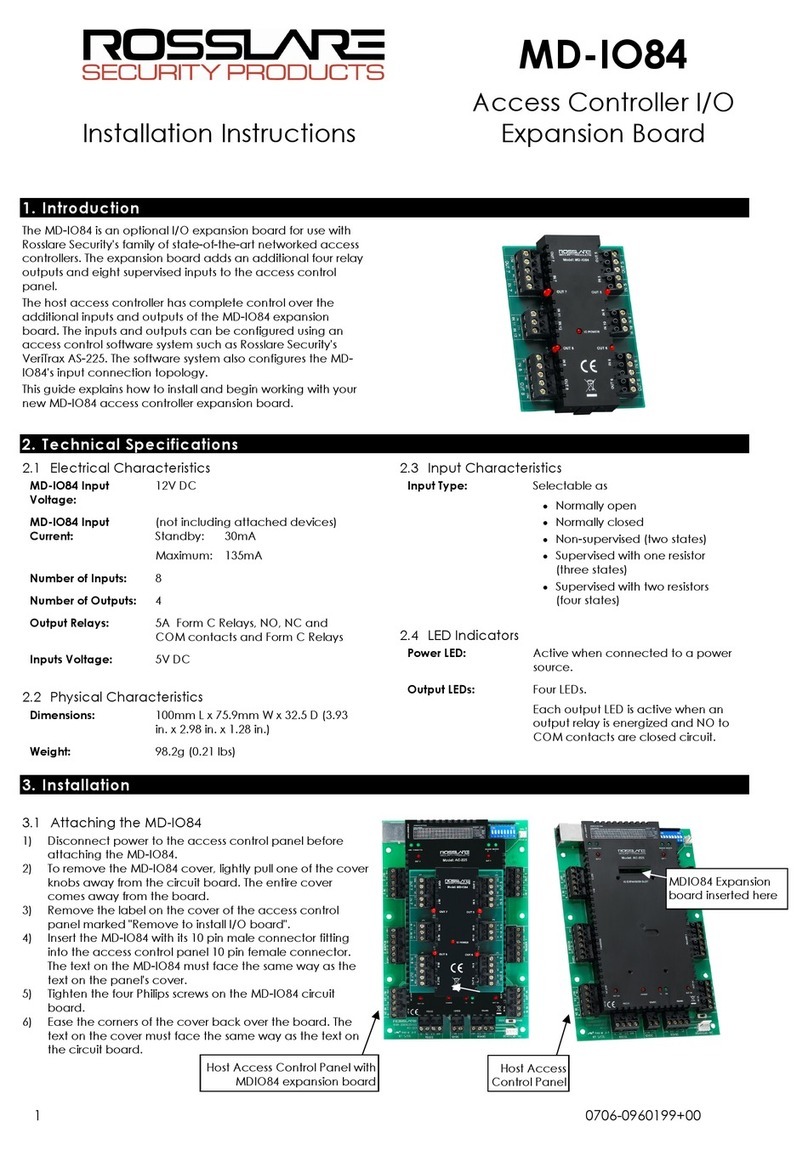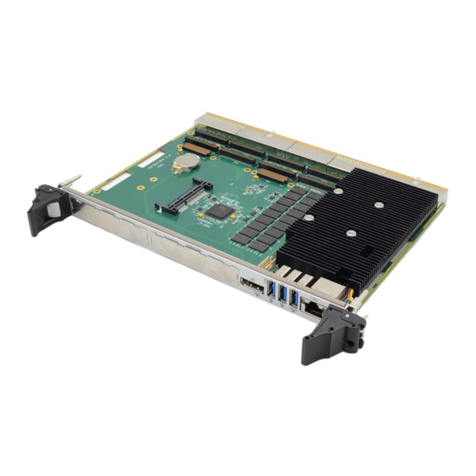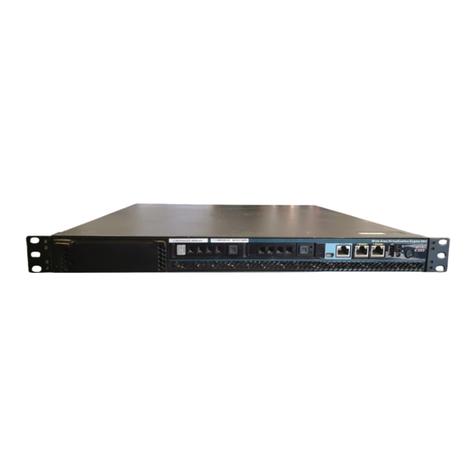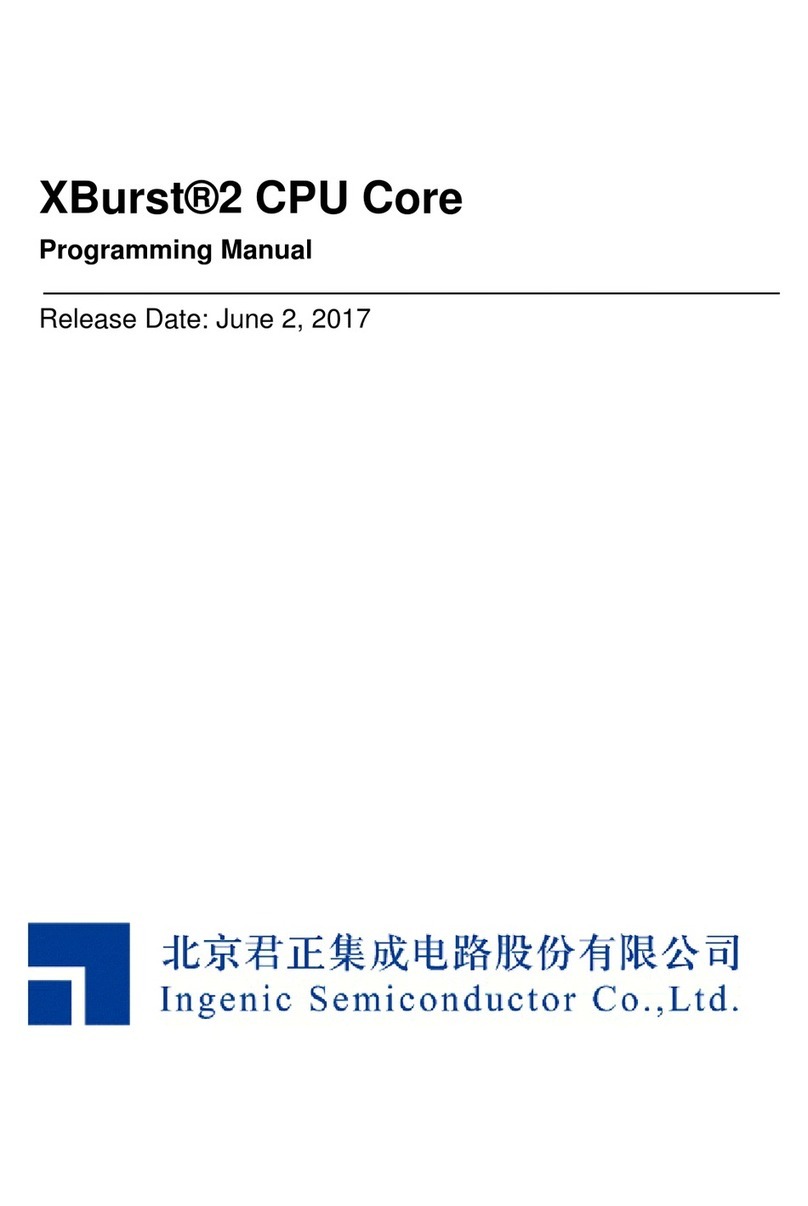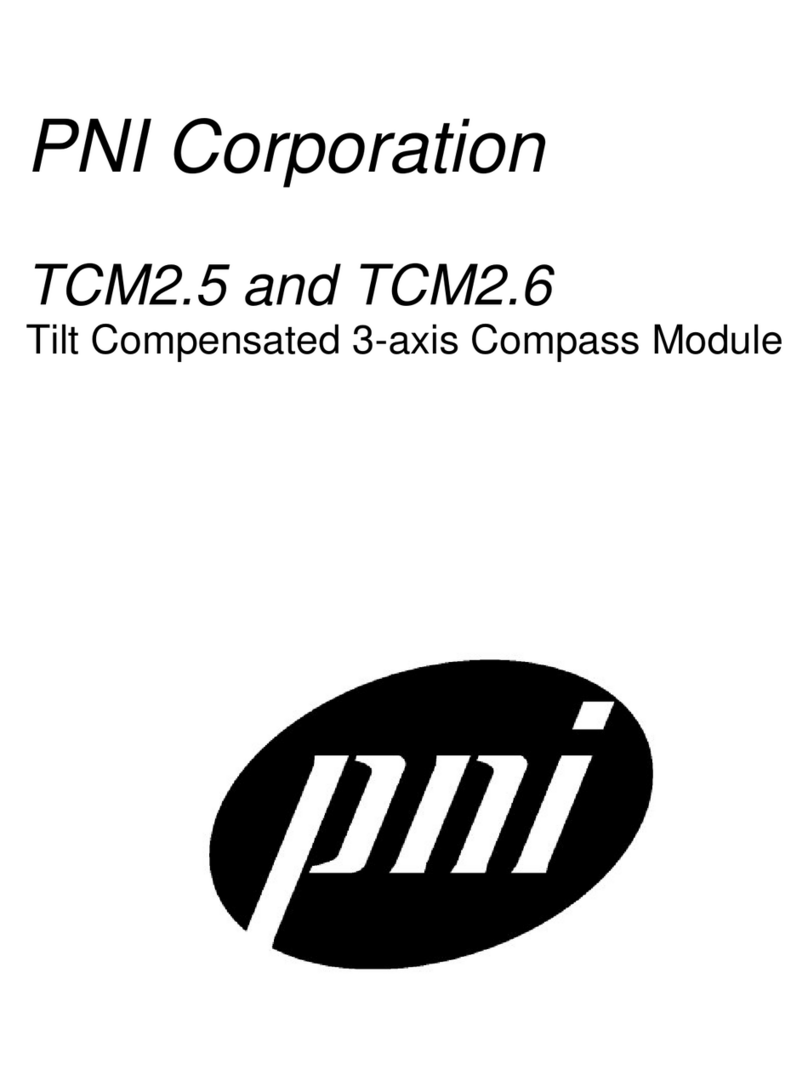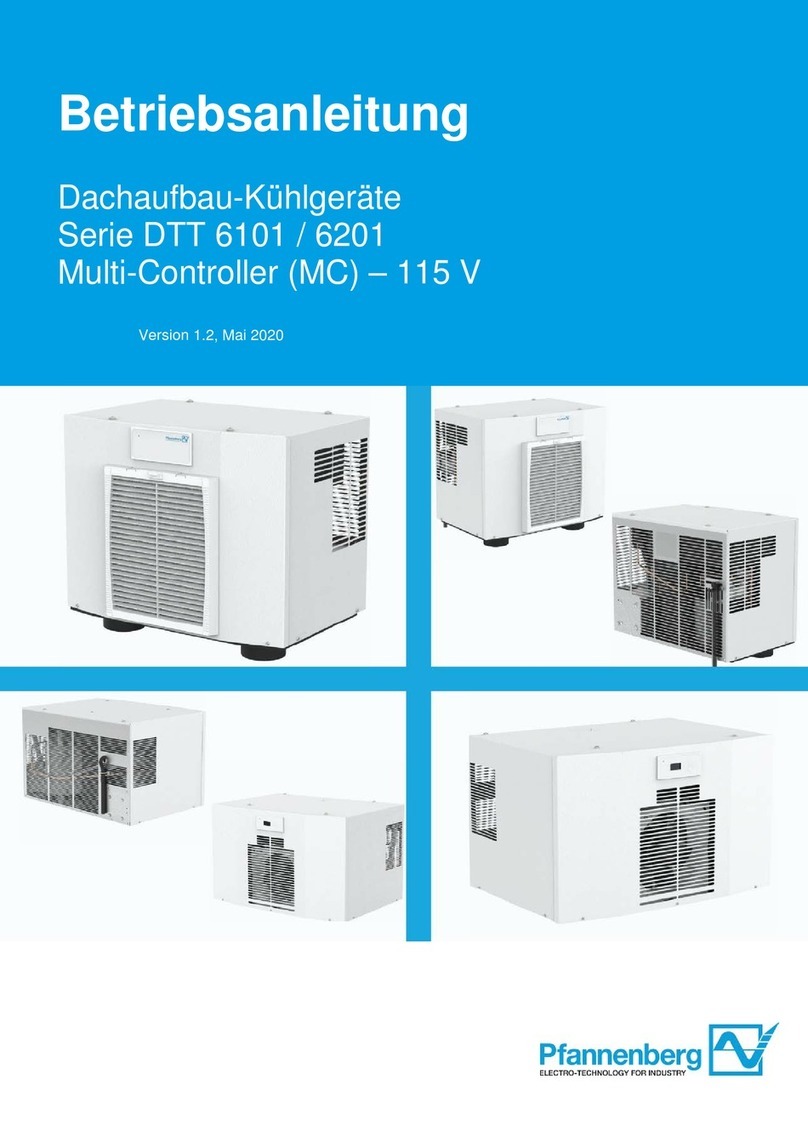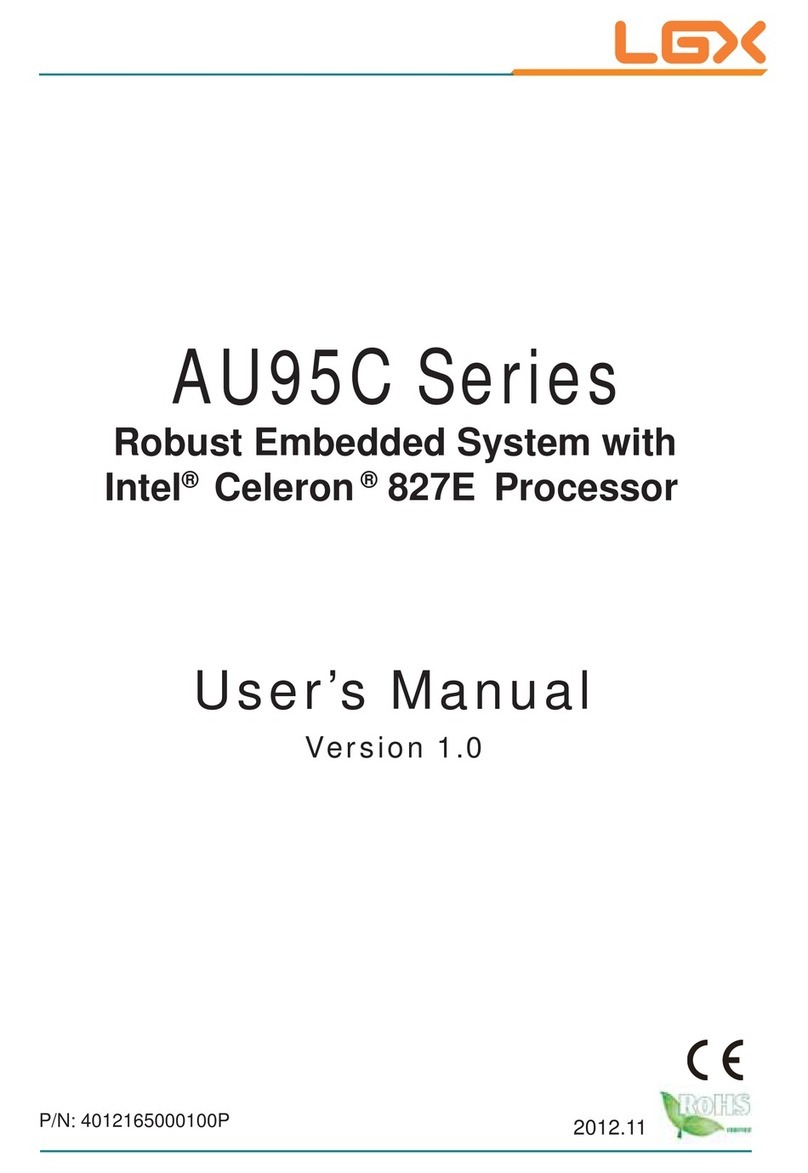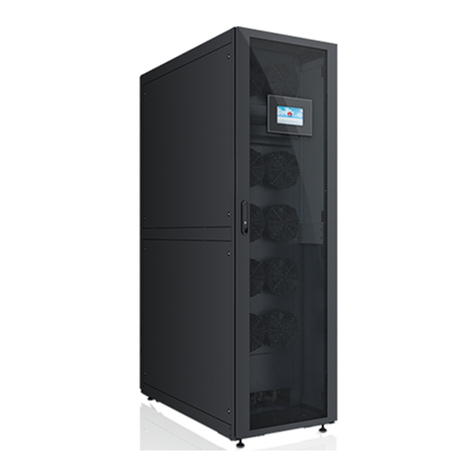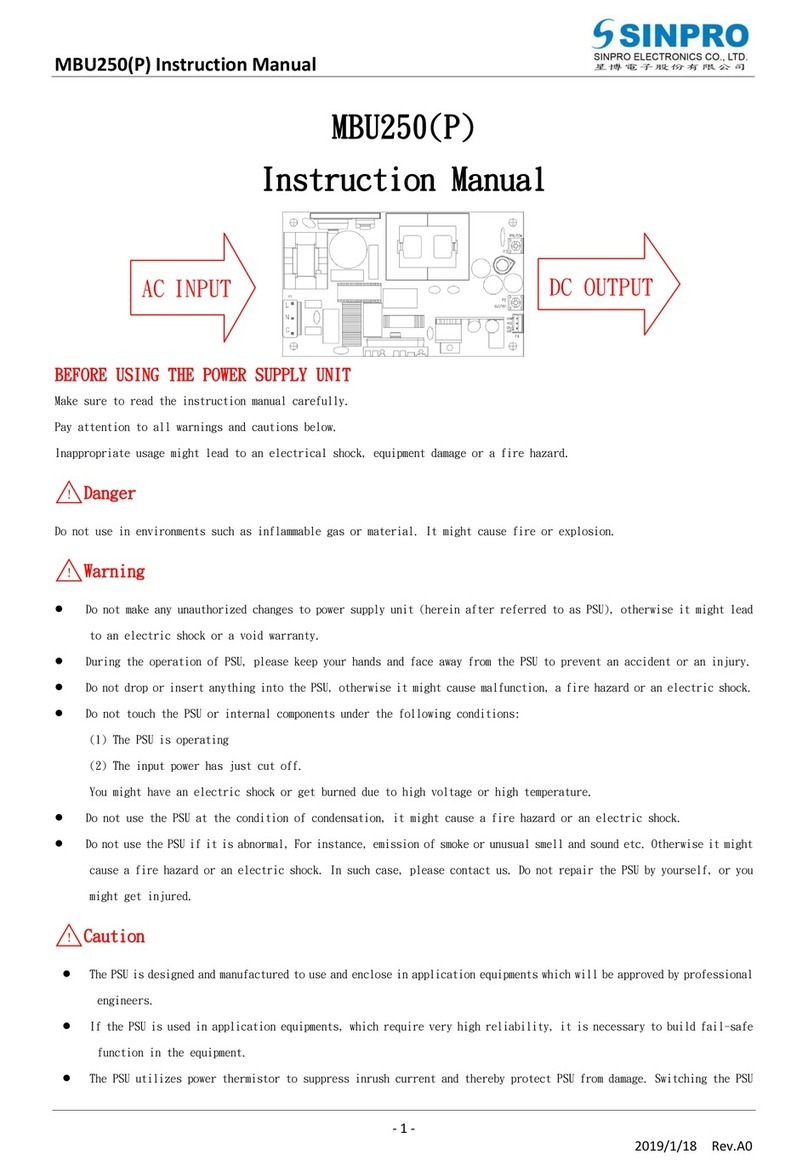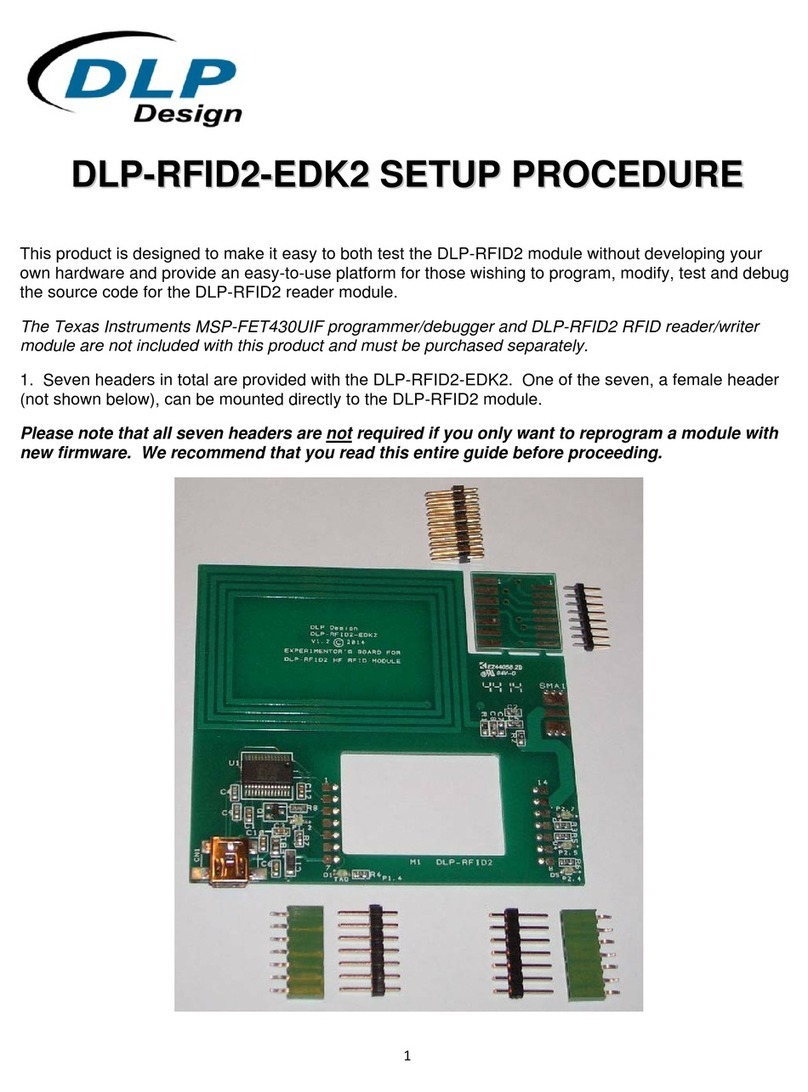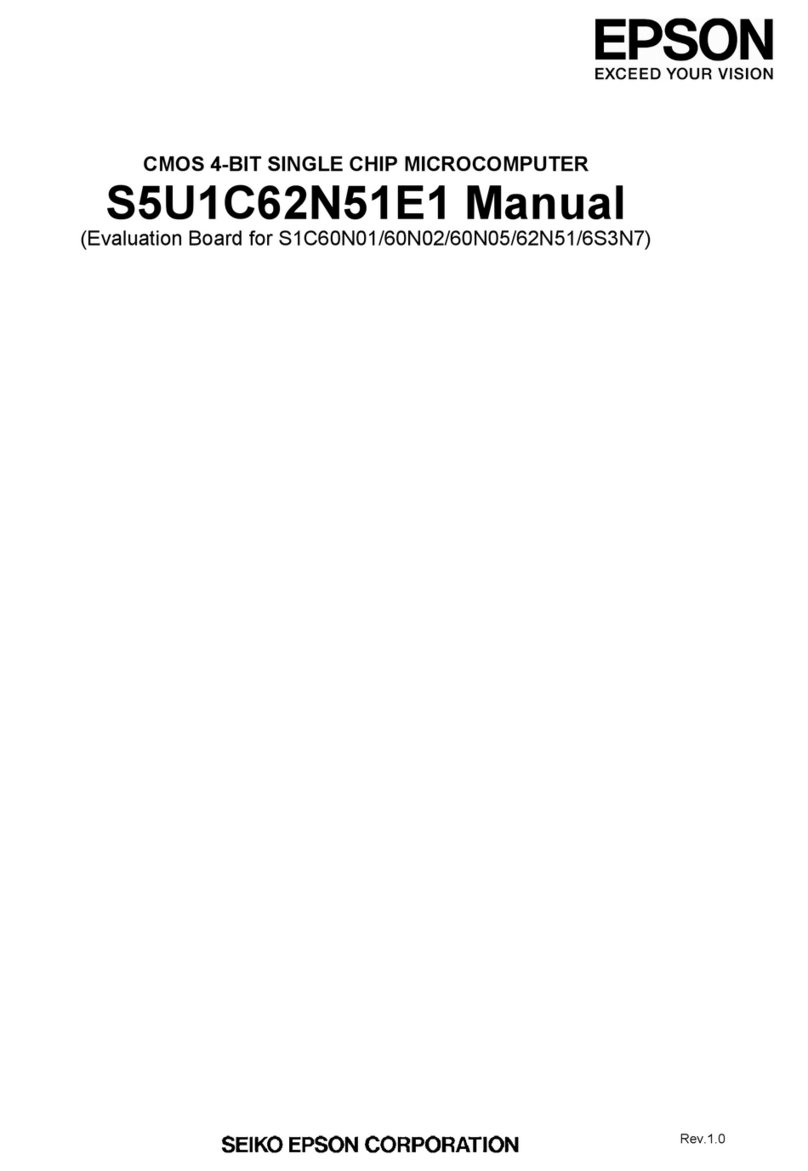Ten-Tec 715 RF User manual

Model 715 RF Speech Processor
Model 715 RF Speech Processor is a high performance true RF-type speech processor
designed to operate with most modern HF Amateur Radio transceivers. RF speech
processing is a superior system to the traditional AF clipping, AF compression, or RF
compression found in a typical HF transceiver for achieving the highest ratio of average-to-
peak power from an SSB transmitter.
•Increase average SSB power output by up to 6 dB
•Enhance readability by stations hearing your signal
•Break pileups for DXpeditions faster
•Keep your net or contest run frequency clearer
•Easy to install, easy to operate
The purpose of an RF speech processor is to increase the readability of your signal at the
other end of a QSO. Speech processors do not increase peak power; they increase average
power output. An up to 6 dB increase in average power output in SSB service can be
achieved with the proper use of a true RF speech processor like Ten-Tec model 715.
This power increase, coupled with the ability to tailor the speech passband can mean the
difference between a signal buried under band noise or an intelligible, copyable signal.
(over)

The 715 RF speech processor is installed between the microphone and the microphone jack
on your transceiver. Two inputs for microphones are provided. A conventional 8 pin
microphone connector that is wired the same as the 8 pin microphone input on the Omni-
VII and Orion II transceivers (also wired the same as 8 pin Yaesu connectors), and a second
1/8” input used for direct connection of microphones or headsets like Heil Sound, etc. The
output connector is a 1/4” stereo connector. Output cables are available for 4 pin Ten-Tec, 8
pin Ten-Tec (also used by Yaesu), 8 pin Icom, 8 pin Kenwood (also used by Elecraft).
AF clipping or compression processors found in a typical HF transceiver typically create
distortion consisting of harmonics and IMD products. An RF speech processing system
converts the input audio signal to an RF SSB signal. It is then clipped, fed through a
ceramic filter and returned to audio, effectively removing harmonic distortion that would
have been present in an AF system.
Model 715 takes the input audio signal, converts to a 455 kHz DSB signal, removes the
opposite sideband and limits distortion products with filtering before returning the
resulting signal back to audio for output to your transceiver.
Why use an RF speech processor? Several reasons, all related to signal copyability. The
increase in average power output between a non-processed and a processed signal under
marginal band conditions can be enough to make the difference between being heard and
not being heard. During DXpeditions or contests, the goal is to be heard before everyone
else or through a pileup. Maximizing average power output whether you are running
barefoot or using an external linear amplifier is a paramount consideration. Why not take
full advantage of the allowable legal maximum power output? Much of average power is
lost as high amplitude, low energy voice peaks. Increasing average power by a few dB is
like having an extra amplifier or a better antenna available than what you are currently
using.
SPECIFICATIONS:
Power requirements: 12-20 VDC. 110 VAC wall adapter provided.
Microphone Input Impedance: Max 50k ohms.
Microphone Input Sensitivity: 1 mv or greater
Polarizing Voltage: +9 VDC at input pin 2
Low Freq Response: With passband control centered, -3 dB @ 800 Hz. Max low frequency
with passband control full clockwise, -3 db at 450 Hz. Minimum with control full
counterclockwise -3 dB @ 1300 Hz. All specified without clipping. Low frequency response
will vary with the amount of clipping added.
High Frequency Response: -3 dB @ 4500 Hz.
Clipping: Max 15 dB as indicated by bargraph.
Ten-Tec, Inc., 1185 Dolly Parton Parkway, Sevierville, TN 37862 USA. www.tentec.com

GENERAL
Model 715 RF Speech Processor is a high performance true
RF-type speech processor designed to operate with most
modern HF Amateur Radio transceivers. RF speech processing
is a superior system to traditional AF clipping, AF
compression, or RF compression found in a typical HF
transceiver for achieving the highest ratio of average-to-peak
power from an SSB transmitter.
The purpose of a speech processor is to increase the
readability of your signal at the other end of a QSO. Speech
processors do not increase peak power; they increase average
power output. An up to 6 dB increase in average power output
in SSB service can be achieved with the proper use of this
device. This can mean the difference between a signal buried
under band noise or an intelligible, copyable signal.
The clipping function of the RF speech processor removes
low energy, high amplitude peaks which do not contribute to
articulation while leaving lower level speech components
unaltered.
Model 715 mixes an input audio signal from the
microphone with a local oscillator to output a 455 kHz DSB
suppressed carrier signal. Filters remove the opposite
sideband. The resulting signal is amplified and clipped,
generating harmonic distortion and intermodulation distortion.
The harmonics are removed by a clean-up filter. This is unlike
an AF clipper where it is not possible to remove or change
either harmonic distortion or intermodulation distortion. Of the
two, harmonic distortion tends to be more “grating” than IM
distortion. The resulting amplified and clipped 455 kHz SSB
signal is then converted back to audio for output to the
transceiver.
Unlike conventional clipper or compressor systems which
use a single level control to determine output characteristics,
the model 715 provides the capability to tailor the low
frequency response of the system for optimum processor
punch.
PACKING KIT
Included with your model 715 RF Speech Processor are the
following items:
#21195 - 110 VAC wall transformer
#74425 - Instruction manual
#74430 - W6JES January 1969 QST article
SPECIFICATIONS
Power requirements: 12-20 VDC
Microphone Input Impedance: Max 50k ohms.
Microphone Input Sensitivity: 1 mv or greater
Polarizing Voltage: +9 VDC at input pin 2
Low Freq Response: With passband control centered, -3 dB @
800 Hz. Max low frequency with passband control full
clockwise, -3 db at 450 Hz. Minimum with control full
counterclockwise -3 dB @ 1300 Hz. All specified without
clipping. Low frequency response will vary with the amount
of clipping added.
High Frequency Response: -3 dB @ 4500 Hz.
Part # 74425
Revision 1
January 2009

Clipping: Max 15 dB as indicated by bargraph.
INSTALLATION
Model 715 is installed in-line between the microphone and
the input of the transmitter. The front panel is equipped with
dual microphone inputs. The conventional 8 pin mic connector
is wired the same as Ten-Tec HF transceivers and can accept
input from a similar wired microphones (Yaesu microphones
utilize the same mic pin-out). See Figure 1-1.
Figure 1-1. Mic wiring, model 715, front view.
The secondary mic input is a 1/8” mono connector as used
by popular headset/microphone combinations like those
manufactured by Heil Sound.
The output connection to the transceiver is via a ¼” stereo
connector that is wired via a cable to an 8 pin microphone
connector. Cables are available wired for the 4 pin Ten-Tec
connector, 8 pin Ten-Tec connector (also used by Yaesu),
Icom, and Kenwood (also used by Elecraft) transceivers.
Connect the male end of the ¼” stereo plug to model 715 and
the opposite 8-pin connector end to your transceiver mic jack.
Figure 1-2. Plug wiring, 1/4” output jack for connection to
transceiver.
Part # 74425
Revision 1
January 2009

Please note that the output connection on model 715 only
provides MIC, GND, and signal. If you have connected a
microphone to the input that includes UP/DOWN frequency
controls or other features, they will not be operable when
model 715 is connected to your transceivers’ mic jack.
Connect the supplied DC transformer to the 12-20 VDC
jack on the rear panel of the unit. Plug the opposite end into a
110 VAC source. We recommend the use of this “wall wart”
to power the unit as opposed to your transceiver and accessory
DC source as every installation is unique and this can help
prevent possible problems with ground loops introducing
distortion into your transmitted audio.
USE
When all connections have been made, set the IN/OUT
button on the front to OUT. When set to OUT, mic audio is
bypassed directly through the unit, unprocessed, to the input of
the transceiver.
When using the processor, it is convenient to have both the
unprocessed and the processed signal level equal at the
transceiver microphone input. This will allow you to turn on
and turn off the processor without readjusting the gain on your
transceiver. The processor will allow you to adjust equal
outputs on microphones, or amplified microphones, with an
output from approximately 1mv to 14mv. If your microphone
has a greater output than 14mv, then it will not be possible to
adjust the processed output to equal the unprocessed
microphone output as described in steps 1 through 3 below. If
you are not able to adjust the processor output to drive the
transmitter into ALC, back off from the microphone and
increase the microphone gain in the transceiver.
1) With the IN/OUT button set to OUT, speak into your
microphone and adjust the mic gain control on your transceiver
to the typical operation level.
2) Press the IN/OUT button to IN. Speak into the
microphone and adjust the PROC GAIN control on the front
until some clipping is observed on the LED bargraph. 1, 2 or 3
bars lit is enough for this initial setting.
3) Adjust the rear panel PROC LEVEL control while
speaking into the microphone until the mic gain or ALC level
set on your transceiver is approximately equivalent to the one
set in step 1.
4) Adjust the front panel PROC GAIN and PASSBAND
controls for best results.
‘Best results’ can generally be accomplished by having
another station on the air listen to your transmitted SSB audio
while the processor is in use. Keep in mind that the goal of the
processor is to increase average SSB output power for a louder,
more readable signal on the receiving end rather than vastly
improved audio fidelity.
Some transceivers like the Orion and Orion II provide a
monitor for actual transmitted audio signal; this can also be
useful for adjustments for best results using model 715.
PROC GAIN controls the clipping level of high amplitude,
low energy voice peaks. Depth of clipping is indicated on the
5 LED bargraph scale, measured in dB.
The PASSBAND control on model 715 is unique. This
control permits a precise setting of the beat frequency oscillator
Part # 74425
Revision 1
January 2009

in relation to the ceramic filters used for SSB generation and
distortion elimination. In more general terms, this allows for
more or less bass response from audio when the processor is
clipping. The result is the ability to best tailor the total
response of the transmitting system so your audio will sound
most like your natural voice. The optimum setting for this
control is best determined by having another station listen to
your audio and listening to IN/OUT comparisons when the
processor is taken in and out of line. Turning the PASSBAND
control clockwise results in more bass response; counter-
clockwise for less bass response. The PASSBAND control
has no effect on the amount of clipping. Amount of clipping is
determined with the PROC GAIN control.
NOTES
You may find the article “Ordinary And Processed Speech
In S.S.B. Application” written by Harold G. Collins, W6JES,
in the January 1969 QST magazine to be instructive about the
basic theory and use of RF speech processing. A copy of this
article is provided packed separately from this manual with
your speech processor.
Part # 74425
Revision 1
January 2009

Part # 74425
Revision 1
January 2009

Part # 74425
Revision 1
January 2009

Part # 74425
Revision 1
January 2009
This manual suits for next models
1
Table of contents
